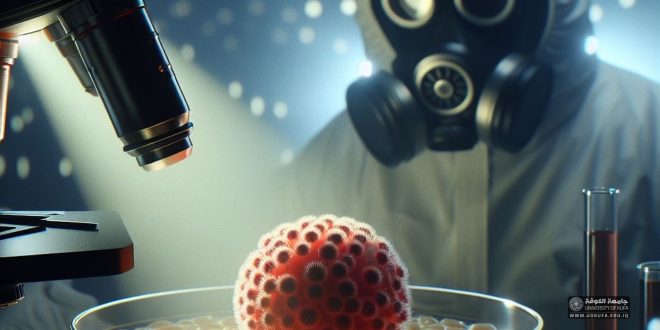By Bassam Abdulameer Muhammed Dhaif Al-Madany
In 1880, the French scientist Louis Pasteur discovered staphylococcus (Staphylococcus genus) and when he discovered penicillin in 1928, scientists were unable to produce it to eliminate the Staphylococcus aureus until 1940. Then in 1950 AD staphylococcus became completely resistant to penicillin, so in this year methylicillin was manufactured for the first time and was very effective in eliminating the coccal revolution, In the late sixties, the armies of the great Staphylococcus aureus bacteria began their first wave of resistance against the Methicillin, the first counter-attack has appeared as a miserable result in India, Australia and Europe as a start only, and thus a great shock occurred in the medical community that only the shock of the second wave of resistance that hit all countries of the world in the late seventies, The bacteria were renamed Methicillin-resistant Staphylococcus aureus, or MRSA commonly known in medical schools.
This strong slap prompted the researchers to reveal the secret of the strange change that affected the staph, which turned out to be a simple mutation in the gene responsible for the formation of the protein to which penicillin binding protien binds, and this is a very normal accident, it would not have been noticed, it could have been called a “malformation” in the normal situation, but due to the conditions of the presence of the antibiotic, this simple symptomatic matter became the secret of resistance, The bacteria that did not have the mutation died, and the bacteria in which the mutation occurred multiplied and survived, until we have 100% of the staph in the world that the mutation is a “natural” part of its composition, and humans attacked the cocci with Vancomycin, which is one of the most powerful antibiotics in the world, and of course the cocci responded to the attack with the first shock, and that was in Japan in 1997 with the appearance of the first cases of medium resistance to vancomycin. It is called Vancomycin-intermediate S. aureus (Visa).
The war lasted one day for cocci and one day for vancomycin until the year 2000 AD when the cocci finally triumphed with the emergence of the first cases of complete antibiotic resistance in the United States of America and the new mutation was called Vancomycin-resistant S. aureus and abbreviated VRSA, and until today research is still based on understanding the cause of the sudden enlargement of the cell wall of bacteria and the emergence of the resistant gene that made Staph one of the most dangerous types of bacteria in history. If not the most dangerous of them!
 Faculty of Veterinary – University of Kufa Official Site – Faculty of Veterinary
Faculty of Veterinary – University of Kufa Official Site – Faculty of Veterinary

